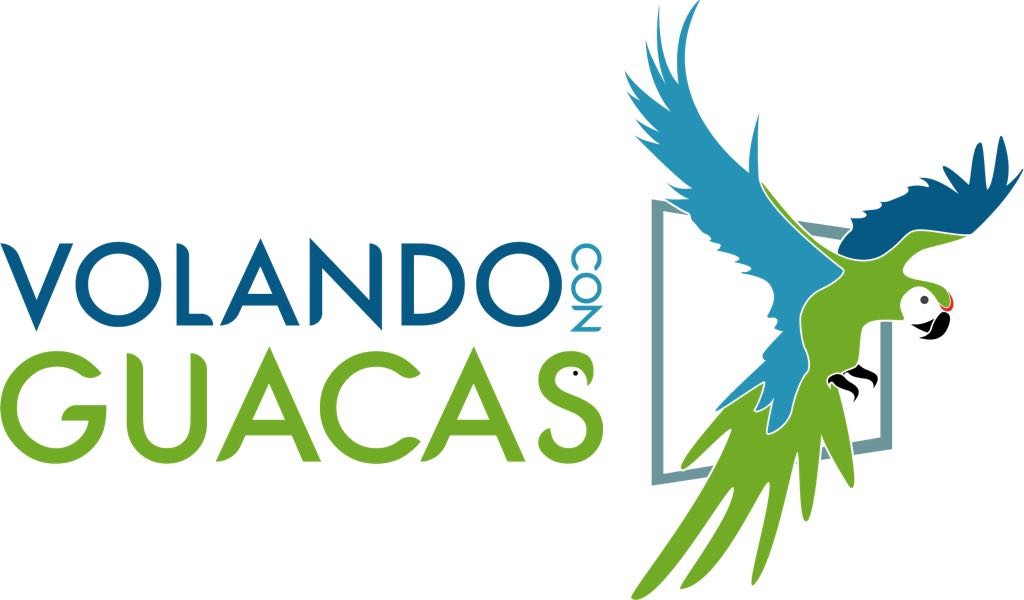
Travel Tips for México
Important Information & Practical Tips for your Trip
Checklist
With this checklist we want to make it easier for you to prepare for your Mexican vacation. Not all points will be relevant for you, but you can orient yourself accordingly. Don’t worry, even if you have forgotten something or couldn’t do it in time, much can still be organized here during your tour of Mexico. To the Checklist
Entry
US-American, Canadian and British tourists need a passport to enter Mexico which is valid for at least six months. You also need a tourist visa when you enter the country. This is generally given to you on the airplane or can be picked up before passing through customs. To check more specific visa requirements please contact the airline or the Mexican consulate. More about entry requirements for México
Electricity
The main voltage in Mexico is 110V and only US flat plugs fit into the sockets. It is advisable to have at least one adapter in your luggage as the adaptors are specialty items and cannot be found in all areas. Please note that electronic devices such as hair dryers, razors, straightening irons, etc., which are not suitable for 110 V, are not fully functional!
Vaccinations & Health
No vaccinations are officially required for Mexico. However, to be on the safe side, we recommend refreshing diphtheria and polio / tetanus vaccinations. Precautions should also be taken against hepatitis A and typhoid fever. More about vaccinations for México
Security & Violence
Even if the general security situation in Mexico has not necessarily improved in recent years and tabloids in particular like to publish negative articles, Mexico continues to be a safe holiday and travel destination for tourists. As in almost all holiday countries in the world, you should adhere to certain rules and precautionary measures in order to avoid dangerous situations in advance. Mexico, as an emerging country, is of course fighting poverty and crime in some areas of the country, but is particularly secure in tourist areas. Here, the government is making sure that the general situation improves and foreign tourists can enjoy their vacation. More about safe travel in México.
Calls & Internet
Making calls from the hotel or using a foreign mobile phone is very expensive. The best way to make long-distance calls in Mexico is to buy a phone card, which is available in every phone shop or in the numerous small shops, the “tiendas”. It is best to buy a prepaid card from TELCEL, which saves a lot of costs. Free wifi is now available in almost all cafés and restaurants and even on public plazas and in parks you can easily connect to the internet via smartphone, tablet or laptop and use it conveniently via Skype, Whats App or similar services to make calls to your home country.
Transportation
With almost 2,000,000 square kilometers, Mexico is the 14th largest country in the world and the fifth largest country in America. Even if it doesn’t always appear that way on the maps, the distances between cities and areas are often underestimated. If you want to get to know as much of this fascinating country as possible, take a Mexico tour which, depending on the available travel time, can lead through several states or combine all the sights in one state. There are many transport options to get from A to B and you can also get around in different ways within the cities. More about transportation in México
Currency & Payment Methods
Mexico’s national currency is the peso. The spelling is similar to that of the dollar and therefore easy to confuse, because the dollar has two vertical lines and the peso only one. So be careful, often a tourist trap! It is best to find out exactly what the current exchange rate is before you travel. More about money in México
Time difference
The time difference to CET (Central European Time) is minus seven hours, in the north-west (Copper Canyon & amp; Baja California) minus eight and in the northern part of the Baja California peninsula minus nine. The time change from summer to winter time and vice versa is usually one week later than in Europe.
The time difference to EDT (Eastern Daylight Time) is minus one hour, in the north-west (Copper Canyon & Baja California) minus two and in the northern part of the Baja California peninsula minus three hours.




